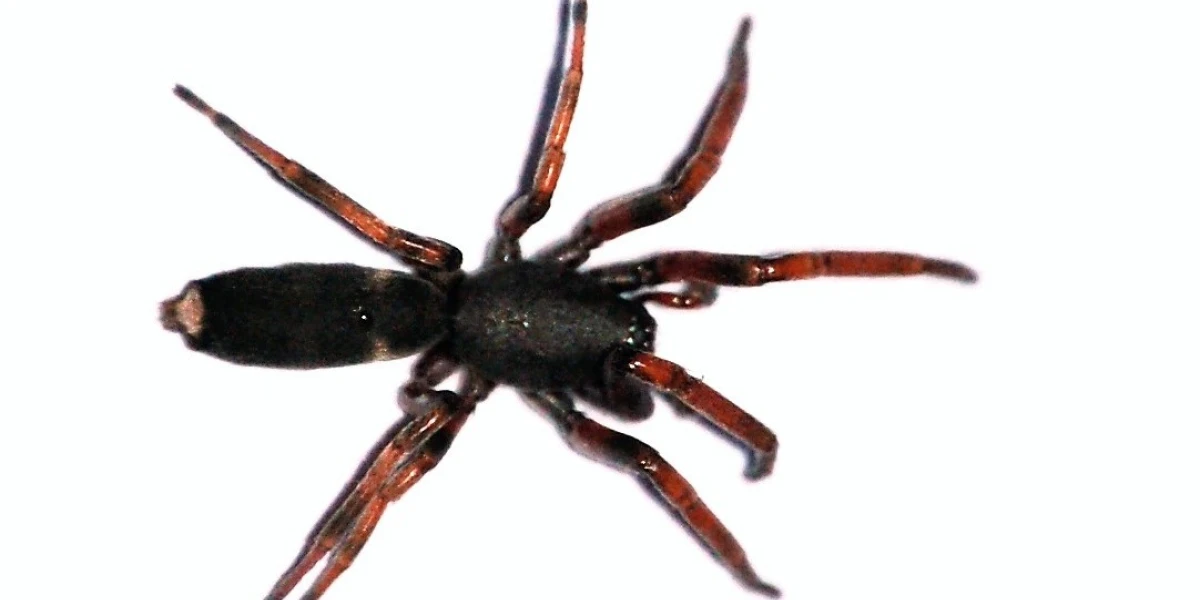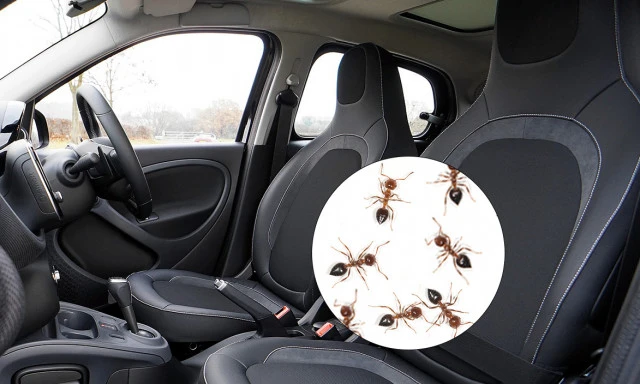White tailed Spiders - All You Need to Know
Does the thought of a White-Tail Spider crawling across you pillow send a shudder up your spine? You're not alone. As one of NZ's most feared spiders there are a lot 'facts' shared about White Tails that scare the woolies out of every day Kiwi's. And some of those 'facts' aren't quite as true as we've been led to believe (especially when we learned them from the playground at school).
Here are some Facts and ‘Fictions’ about White-Tailed Spiders in New Zealand and how to deal with White Tail Spider bites.
What to do if you get bitten by a White Tail Spider
White Tail Spider bites, while painful or irritating are very rarely serious. You may experience redness, irritation, swelling and tenderness at the site of the bite mark. The bite may also become itchy and/or form a blister.
- Wash the bite site to prevent infection.
- Apply a cold compress to the area, if using ice or an ice pack don't apply it directly to the skin instead wrap it in a clean, cloth before applying.
- Raise/elevate the bitten area if possible to reduce swelling.
Seek medical attention if: Swelling does not subside after a few days or the bite becomes infected.
Seek immediate medical attention if: You experience shortness of breath, nausea, vomiting, fevers, lethargy, a general feeling of being unwell, severe pain or a raised red bite mark with a red line working it's way up your body.
White Tail Spider Facts
- What we know as white-tailed spiders are technically two closely related species (Lampona cylandrata and L. murina) originating in southern and eastern Australia. Both species have been accidentally brought to New Zealand.
- White-tails are nocturnal hunting spiders that do not spin a web to catch prey, instead they actively search for and catch their prey.
- They feed on other spiders and prefer grey house spiders.
- Females can have a body length up to 18 mm while males grow to 12 mm.
- They get their common name from a white spot on their abdomen just above the spinnerets (bums). As juveniles, they have white spots on the sides of the abdomen.
- White-tail spider legs are red/orange and bodies are reddish to grey.
- They produce silk from the spinnerets which they use to encase their eggs in a silk capsule.
- The natural habitat of white-tailed spiders is beneath leaf litter, bark and logs. In homes, they seek similar places such as in shoes, amongst clothes and bed linen etc. This is how people are often bitten.
- The bite of white-tailed spiders cause pain, burning sensation, raised red swellings and itching. Rarely the bites can cause nausea, tiredness and headache.
White Tail Spider Fictions
- The white-tailed spider bite venom causes necrotic ulceration.
Studies have shown this is not the case. Ulceration after white-tailed spider bites is likely to be caused by infection of the bite site. - White-tailed spiders get venom from daddy long-legged spiders.
The daddy long-leg spider venom is more toxic than white-tail venom and it is this daddy long leg spider venom that causes ulceration. There is no evidence for this. - White-tailed spiders eat daddy long leg spiders.
It may happen occasionally, but although the small-bodied, spindly-legged daddy-long-legs don’t look a match for the more powerful looking white-tails, the daddy-long-legs can wrap the white-tail up in silk using its long legs so as to not get too close. Once wrapped the daddy long legs can bite the white-tail and feed on it safely. Google or search YouTube with ‘White-tailed Spider vs. Daddy Long-legs’ if you don’t believe it. - Having other spiders around the house means there are no white-tailed spiders.
No, this just means that the white-tails have not eaten all the other spiders……..yet.


